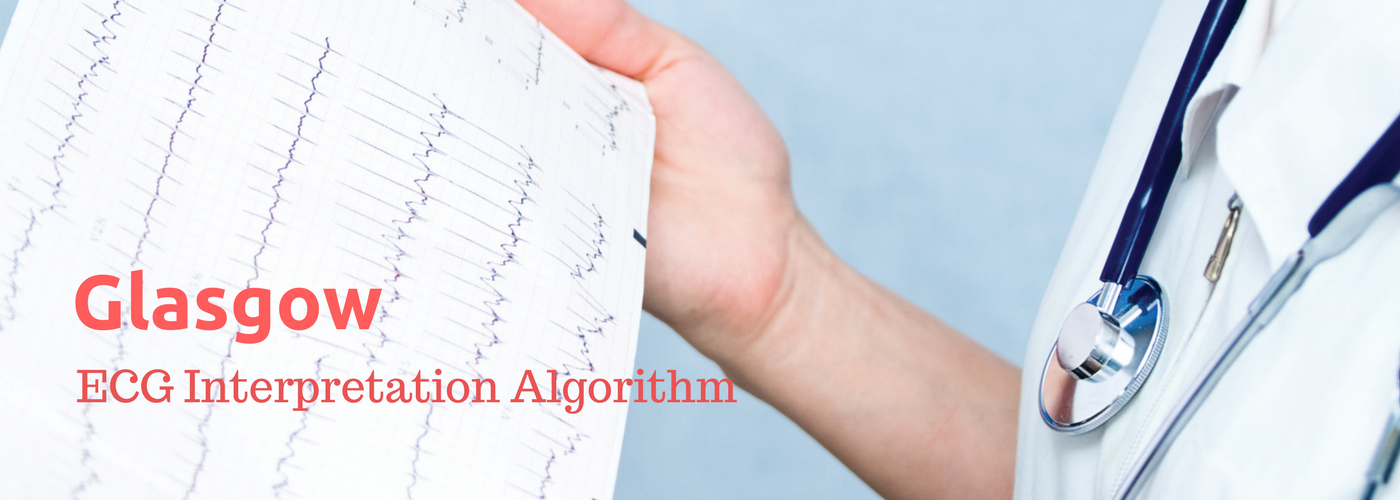
ECG Interpretation Algorithms
Ever since a ECG machine was developed, there have been a number of modifications and advancements that has helped technology evolve. In 1970s, initial attempts at developing the first ECG interpretation algorithm were put in. Since the accuracy of those algorithms were not up to the mark, several databases were built by various institutions to 9compare ECGs and check for accuracy. The methods for interpretation might include not limited to:
- Time-frequency methods
- Neural networks
- Comparison with templates
How do these algorithms work
- A DSP chip shows a digital version of the ECG obtained through analog-to-digital conversions
- Conditioning the ECG by removing noises, baseline deviations etc
- Mathematical analysis is performed to calculate peak amplitude, displacement etc
- Pattern matching, neural networks are applied here to interpret and diagnose
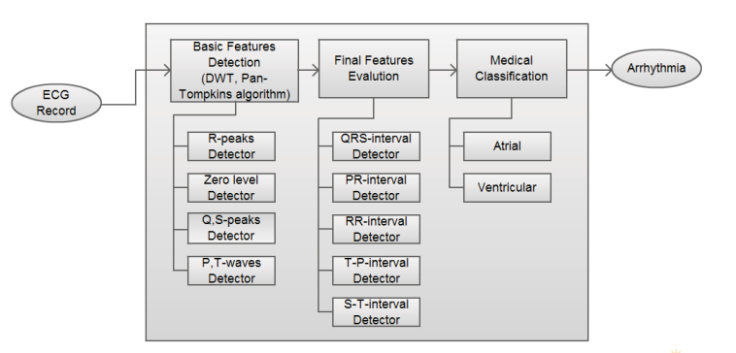
Glasgow ECG interpretation Algorithm
The Glasgow ECG Interpretation Algorithm, developed at the University of Glasgow, UK enables automated means of providing ECG analysis complementing the role of a physician. The algorithm accounts for age, gender and race and compares the ECG with historic data to arrive at specific interpretations.The Glasgow ECG Interpretation algorithm meets all the IEC 60601-2- 51 requirements and ISO 9001:2008 standards.These algorithms come in handy in primary care settings where a cardiologist might not be available and also in mobile/handheld ECGs.
Why is Glasgow special?
- Helps in QTc measurements facilitating assessment of cardiac risk
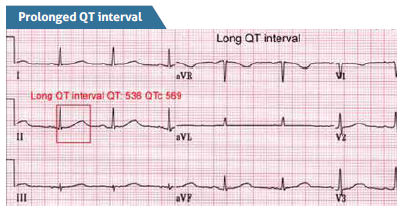
- Highly effective in interpreting STEMI (ST Segment Elevation Myocardial Infarction)
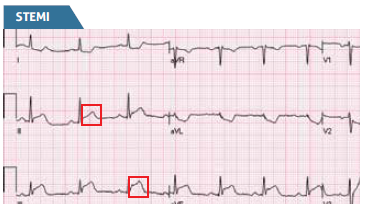
- Can utilize V4R for neonates and children
- Offers short diagnostic reports for hospitals and detailed reports for primary care settings
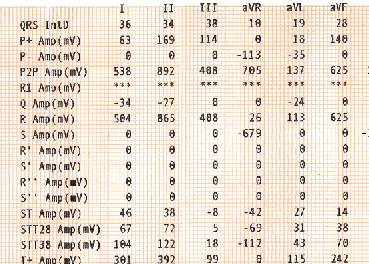
- “Critical values” included in diagnostic reporting template
Here’s Professor Peter McFurlane, leader of the team behind the invention of Glasgow Algorithm explaining how it works:
BPL and Glasgow Algorithm
BPL’s new range of ECG machines now come with Glasgow ECG interpretation algorithm. Cardiart GenX3 – a state-of-the-art 3-channel ECG uses Glasgow interpretation. It comes with unique trace darkness control and color-coded silicon keypad for convenience.
BPL Cardioline 100+ (6-channel ECG machine) and BPL Cardioline 200+ (12-channel ECG machine) and BPL Cardioline Touch ECG (handheld 12-channel ECG device) also come with Glasgow interpretation algorithm.



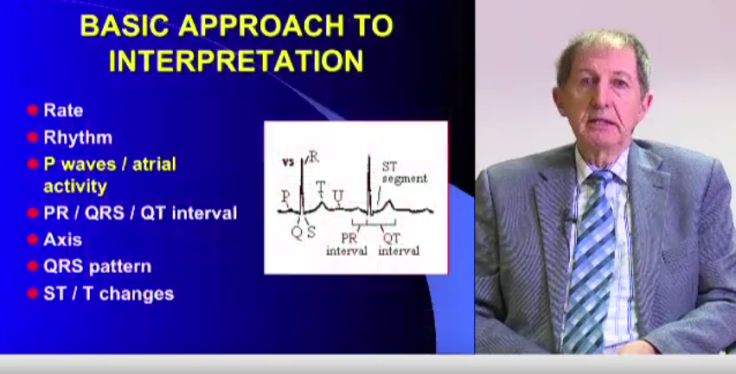
Comments
nice article thanks for sharing with us Video Editing Course In Hyderabad
By Video Editing Course In Hyderabad
Great blog, Thanks for sharing such information, keep posting Salesforce course in Hyderabad
By Ajay talla
Good concept, Your post is really nice. Very good job, i would you like more information. keep it up. top python software course training institute in hyderabad best python software course training institute in hyderabad best data science with python software course training institute in hyderabad top data science with python software course training institute in hyderabad
By pavithra
Great post. Wonderful information and really very much useful. Thanks for sharing and keep updating. top python software course training institute in hyderabad best python software course training institute in hyderabad best data science with python software course training institute in hyderabad top data science with python software course training institute in hyderabad
By pavithra
Thank you so much for sharing . It helped me very much top python software course training institute in hyderabad best python software course training institute in hyderabad best data science with python software course training institute in hyderabad top data science with python software course training institute in hyderabad
By pavithra
Thank you very much for sharing. I value your opinion and it helped a lot. Great content, this info is really awesome and necessary for all. I appreciate all the work you have done, you have clearly described ECG interpretation algorithm very well.
By radhika
Genuine information Thanks for posting top python software course training institute in hyderabad best python software course training institute in hyderabad best data science with python software course training institute in hyderabad top data science with python software course training institute in hyderabad
By pavithra
Good one
By Akash S
I appreciate your hard work. top machine learning software course training institute in hyderabad top python software course training institute in hyderabad best python software course training institute in hyderabad best data science with python software course training institute in hyderabad top data science with python software course training institute in hyderabad
By Komal
Great post. Wonderful information and really very much useful. Thanks for sharing and keep updating. top machine learning software course training institute in hyderabad top python software course training institute in hyderabad best python software course training institute in hyderabad best data science with python software course training institute in hyderabad top data science with python software course training institute in hyderabad
By Komal
Genuine information. Thanks for posting. top machine learning software course training institute in hyderabad top python software course training institute in hyderabad best python software course training institute in hyderabad best data science with python software course training institute in hyderabad top data science with python software course training institute in hyderabad
By Komal
Genuine information. Thanks for posting top machine learning software course training institute in hyderabad top python software course training institute in hyderabad best python software course training institute in hyderabad best data science with python software course training institute in hyderabad top data science with python software course training institute in hyderabad
By Komal
Really good information, this information is excellent and essential for everyone. I am very very thankful to you for providing this kind of information.
By Best data science software course training institute in hyderabad
Useful information
By D K Baruah
Thank you so much for sharing . It helped me very much Really good information, this information is excellent and essential for everyone. I appreciate your hard work,
By Best data science software course training institute in hyderabad
Good concept, Your post is really nice. Very good job, i would you like more information. keep it up. best data science software course training institute in hyderabad top data science software course training institute in hyderabad best machine learning software course training institute in hyderabad top machine learning software course training institute in hyderabad top python software course training institute in hyderabad best python software course training institute in hyderabad best data science with python software course training institute in hyderabad top data science with python software course training institute in hyderabad
By Best data science software course training institute in hyderabad